Kiwi cruise numbers are growing – and so are visiting ships. The coming wave season promises another record number of vessel visits to the land of the long white cloud.
In many parts of Europe, this could be a recipe for disaster. But thanks to the co-operative efforts of cruise lines and local communities, it’s likely to be a boon for New Zealanders and cruise passengers alike.
Some 112,000 New Zealanders took to the water for their holidays last year – a 14.6 per cent increase on 2017 and ahead of many countries. Around 27,000 cruised in local waters, up 18.1 per cent.
But that pales beside projections from those coming to New Zealand from overseas – particularly Australia, North America and Europe. Almost 348,000 – up 27 per cent – are expected in the coming season, contributing $695 million to the local economy. Half will be Aussies.
Which is all good news – providing it is managed well. And remarkably, in most cases it is. But for a few ports, success comes with a price.
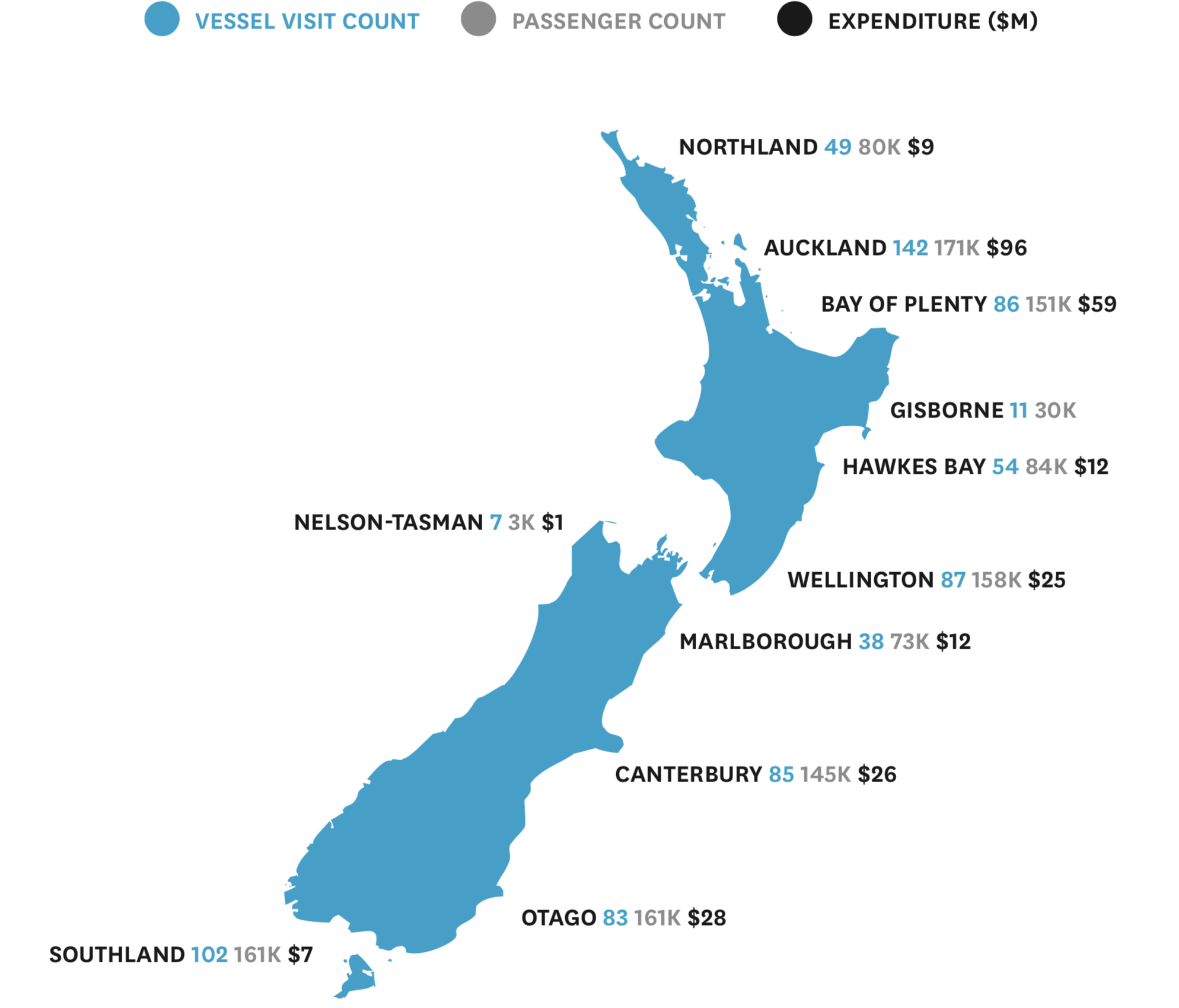
In Akaroa (population 625), for instance, some residents have complained about feeling overwhelmed, and say cruise ships may be causing problems for their pristine harbour environment. Help is at hand. A new $60 million Christchurch cruise berth is less than two years away.
But local businesses are not happy. They say jobs will go if the 90 cruise ships a season is slashed to just 35 boutique cruises, as is being suggested.
Other infrastructural improvements like new mooring dolphin structure at Auckland to allow bigger ships to berth at Queens Wharf will have a profound effect on New Zealand cruising, making the city an important turnaround port and providing a boon for airlines, hotels and the hospitality sector.
On the ground, a lot of work is being done. Princess Cruises, for instance, has seeded funds to develop a local market in Bay of Plenty featuring indigenous and other businesses.
Local leaders are delighted that young residents are staying and studying traditional enterprises because they now provide paying jobs. Cruise ships deliver their customers right to their door.
And the ships are happy their passengers get to experience the best of the region.
The jaw-dropping beauty of Milford Sound is acknowledged as fragile – but as popular in New Zealand cruising as the Vatican is to Rome. Cruise lines stagger their visits to ensure the environment – and the cruise experience – is preserved.
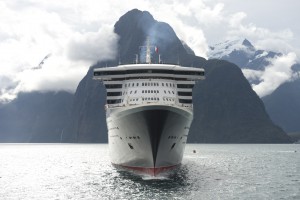
Although New Zealand has yet to sign up to an international maritime convention requiring ships to reduce sulphur emissions, most ships fitted with scrubbers will use them in New Zealand waters anyway.
Southland Regional Council, for instance, has a longstanding agreement with cruise lines visiting Fiordland and Stewart Island, where a maximum of two ships are allowed in waterways at any one time.
Cruise companies risk being banned if they fail to abide by strict environmental conditions, and ships with “scrubbers” to clean up smoke emissions will have to use them.
CLIA has pledged cruise lines will abide by international standards in New Zealand.
“The international cruise industry is committed to meeting the emissions requirements of the International Maritime Organisation Marpol Annex VI provisions by January 1, 2020, both within New Zealand and internationally,” says a CLIA statement.
“CLIA’s commitment means all international cruise ships visiting New Zealand will either use low-sulphur fuel or be fitted with compliant exhaust gas cleaning systems (EGCS) by January 1, 2020.
“This will occur regardless of whether New Zealand accedes to Marpol Annex VI, as virtually all international cruise ships visiting New Zealand or operating from its ports are registered to Annex VI party states.
“The cruise industry’s support for Marpol Annex VI provisions in New Zealand and internationally is one of several measures CLIA and its cruise lines have committed to as part of a wider effort to minimise environmental impact and ensure sustainable operations.
“In December, CLIA announced a historic agreement among cruise lines to achieve a global 40% reduction in emissions by 2030. This will be achieved through innovations in ship design and propulsion, including the use of low emission fuels and EGCS.”
New Zealand has imposed an International Visitor Conservation and Tourism Levy, a $35 fee collected through visa applications.
While Australians are exempt, the levy is expected to raise more than $450 million over five years to be split between conservation and tourism.
Ministry of Business, Innovation and Employment (MBIE) tourism system and insights manager Richard Davies says: “Tourism has put a lot of pressure on some small communities and on some places on the conservation estate.
“It’s really exciting to have a funding tool like the IVL, which lets visitors contribute to enhancing the quality of the environment that they’re coming for and contributing to some of the costs”.
Princess Cruises sends most vessels to New Zealand. It’s a hugely popular destination for the premium Carnival brand.
Senior vice President Asia Pacific Stuart Allison told Cruise Passenger he believes the cruise industry does most to help alleviate overtourism.
“Overtourism is a huge buzzword at the moment and it always seems to be cruise ships directly linked to that,” he said.
“You could say that in some respects cruising is tackling, certainly in this part of the world, an undertourism issue – particularly when we take people to places like regional New Zealand.
“Cruising could be seen as one of the most responsible sustainable models because we tell a port ‘Hey, we’re going to bring 3,000 people on Day X, and 500 are going to go on this tour and 500 are going to go on this tour. We help local people more than any other form of tourism cope with the arrival of the people.”
Australia and New Zealand’s three leading cruise organisations – Cruise Lines International Association (CLIA), Australian Cruise Association (ACA) and New Zealand Cruise Association (NZCA) – have produced a sustainability report citing the extensive work being done to alleviate problems and preserve destinations.
Kevin O’Sullivan, Chief Executive Officer, New Zealand Cruise Association, said of the report: “Our members’ interests depend on the integrity of New Zealand’s natural resources, as this is the life blood of our visitor economy, and this Guide will confirm that we are an industry that cares.
What’s being done
Although cruise ships represent less than one percent of the global shipping fleet, this important sector is taking the lead in several critical areas underscoring their commitment to sustainability and responsibility.
Cleaner Fuel and Reduced Emissions
The industry has invested heavily in new technologies and cleaner fuels to reduce emissions, with each new generation of ships more eco-friendly than the previous one.
CLIA has worked with the International Marine Organisation (IMO) toward a 30 percent reduction in new marine vessel CO2 emissions by 2025.
The cruise industry is taking a leading role in preparing for the IMO’s 2020 global sulphur cap. Critical environmental technologies such as Exhaust Gas Cleaning Systems (EGCS) which significantly reduce the level of sulphur oxides in a ship’s exhaust will form a key component of this strategy.
Currently the industry has installed, or is planning to retrofit, EGCS on nearly half of the current CLIA cruise lines’ fleet and will introduce the system to at least 18 new build vessels.
With 109 ships on order between 2018 and 2027, several of the largest cruise lines have orders for LNG-fuelled ships – the first entered service in Europe a few months ago. 87 alternative fuel ships are also in the pipeline for this period.
Cruise lines also implement Ship Energy Management Plans including route planning and low-friction hull coatings to reduce fuel consumption and thereby emissions.
Recycle, Reduce and Reuse
Cruise ships recycle or reuse almost 100 percent of waste generated on board through recycling, donating and converting waste into energy. The industry recycles more than 80,000 tons of plastic, aluminium and glass every year. Cruise lines are also striving to reduce the amount of plastic brought onboard through smart sourcing and minimising single-use products such as straws, water bottles and unnecessary packaging materials.
Condensation from air-conditioning units is often reclaimed and reused saving more than 80M litres of water every year.
Waste Management Practices
Cruise Lines have established comprehensive procedures in their waste management plans that include the safe and hygienic collection, separation and processing of wastes onboard including garbage, grey water, sewage, oily residues, sludge oil and bilge water.
CLIA’s wastewater discharge policy far exceeds the legal requirements and existing regulations.
Destination Sustainability
Managing the growth in visitor numbers is high on the agenda for cruise lines and destinations. Consultation and education are being provided as to how best to ensure the visitor experience is maintained while continuing to provide much needed economic income for the destinations.
The cruise industry is a leader in visitor dispersal with regional destinations now providing exciting itinerary additions to attract passengers to new ports on their Australian and New Zealand itineraries. Cruise lines are working with shore excursion operators and the destinations to get the balance right between popular tours and spacing out delivery, broadening the choices that passengers have in port to spread out the impact of cruise tourism.
Working Together
The cruise industry is working closely together across this region to help drive these sustainability initiatives. Together, they are also collaborating with a larger global community including government bodies and independent organisations such as the World Ocean Council and the Great Barrier Reef Marine Park Authority to explore best practice.

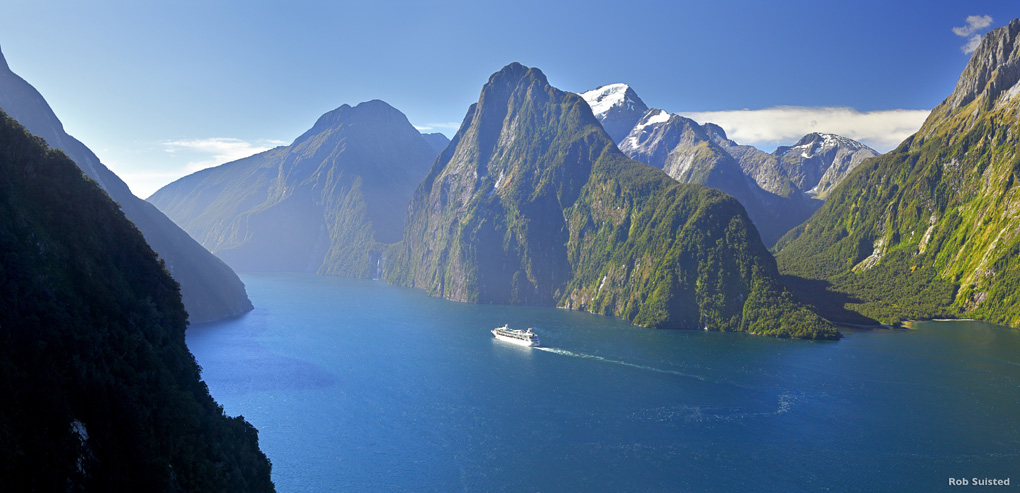
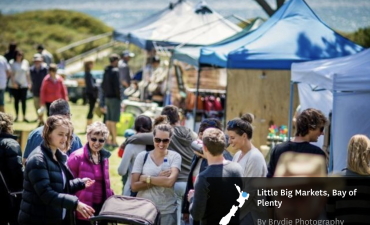




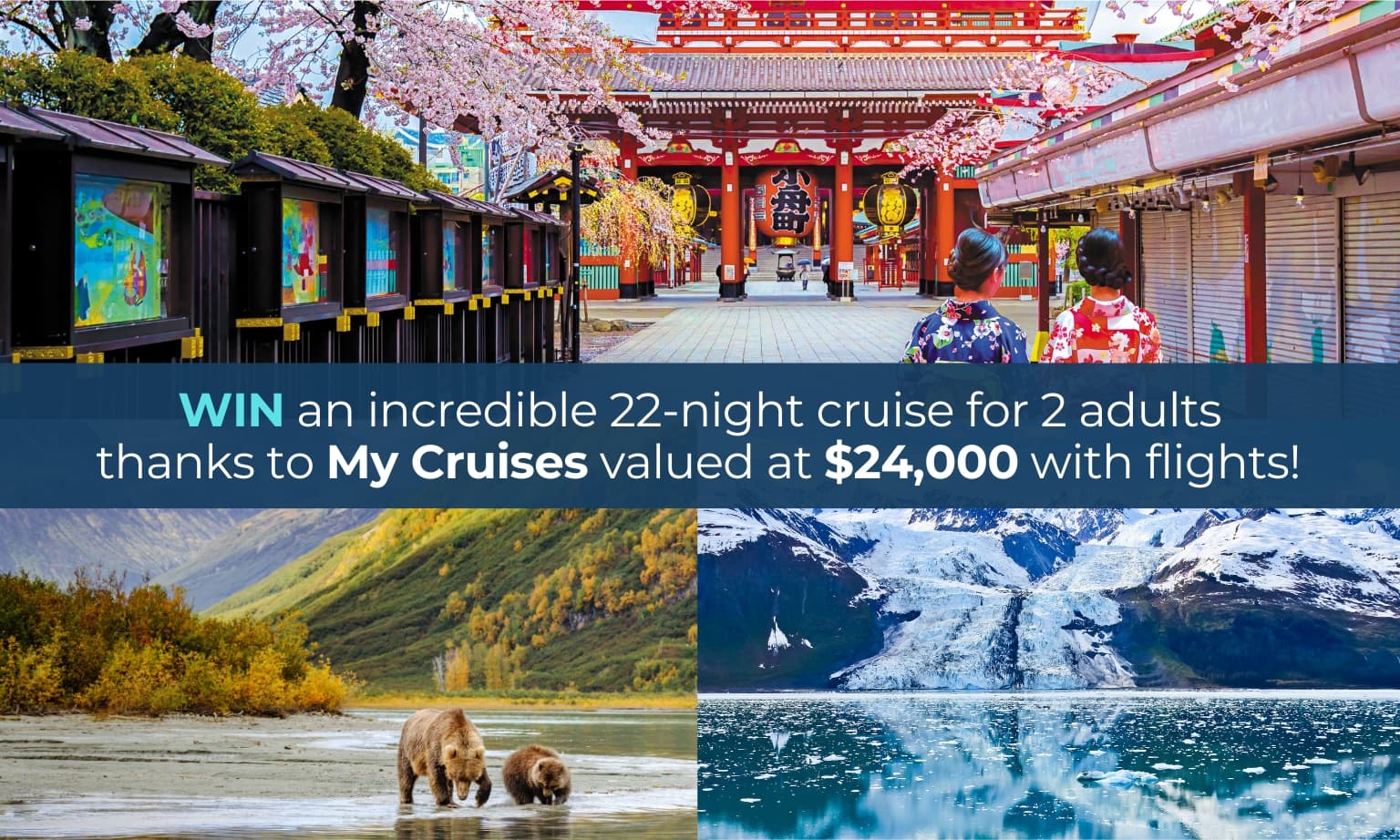
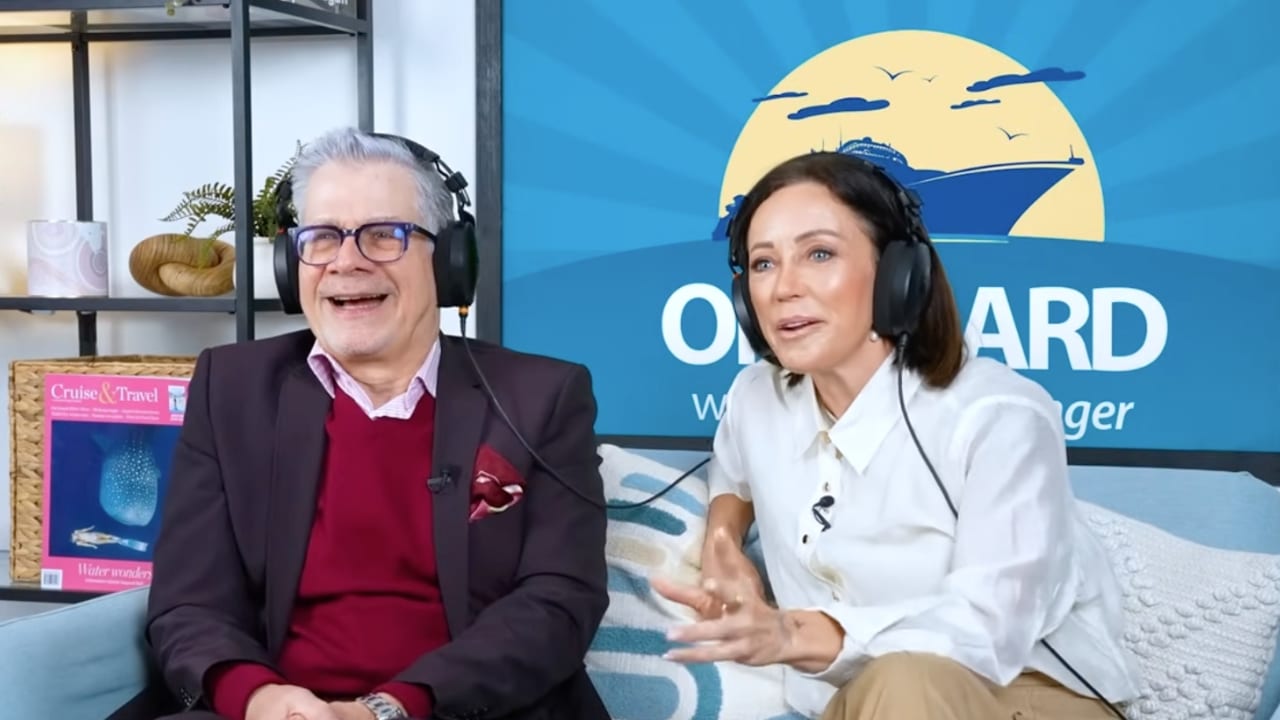
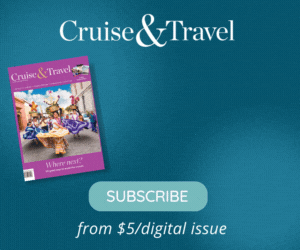
Excellent Analysis.
Cleaner Fuel and Reduced Emissions that’s what exactly future demands.
This really is a great initiative by NZ Cruize Lines & Communities.
Looking forward to taking a similar step.